A brief history of Videoconferencing at Tri-Cities
The Academic Media Services (AMS) system received initial funding from the State Legislature in 1984 and came on-line in the Fall of 1985. From the beginning, the AMS system has been used to share expertise among all of the Washington State University campuses and to expose place-bound students to degree programs where once it was impossible to have such programs due to funding and amount of demand.
AMS, an interactive video-voice microwave system, delivers courses and teleconferences to each of WSU’s four campuses, Pullman, Tri-Cities, Vancouver, Spokane. This electronic communications system is a critical component for multi-campus program delivery. It efficiently offers courses to students at multiple sites, and makes experts accessible from across the state. Thereby, AMS broadens the quality curriculum available to branch campus students.
AMS connections also go to the University of Idaho, Wenatchee Valley Community College, Seattle Central Community College, Central Washington University, Gonzaga University, The University of Washington, and the Intercollegiate Center for Nursing Education in Spokane, and can be transmitted to industry sites through Instructional Televised Fixed Service (ITFS) connections. The land-based microwave system was funded by the state legislature in 1983, and was built and operated by KWSU Radio and Telev ision Services at WSU. It has been operational since 1985.
Each AMS site is equipped with electronic classrooms in which instructors are able to observe and interact with students at each AMS location. Students ask questions over microphones at their desks, and watch the professor on a television monitor. Classes also are video-taped for later use by students.
The system’s present five channel digital and two channel analog microwave configuration allows for an average 130courses to be delivered system wide per semester. This fall (2002), 51courses will be either delivered to, or transmitted from WSU Tri-Cities, serving more than 1000 students on site in Richland. Since the fall of 1989, AMS activity in the Tri-Cities has increased 600 percent, due to a funding increase form the legislature allowing the expansion of the technology.
The system also is used for teleconferencing between campuses to conduct personnel searches, press conferences, staff training, collaborative research, administrative planning, and student-faculty advising. Sub channels on the microwave system are used to transmit data and voice signals.
Since the majority of branch campus students are professionals or place bound adults, the peak hours for classes are from 3 p.m. to 10 p.m. Select engineering, management, nursing and vocational education classes are scheduled during the day, as is teleconferencing.
During the fall of 1995, AMS and the Integrated Academic Technologies department added a satellite downlink system to offer courses and conferences through National Technological University taking AMS and Washington State University around the World.




